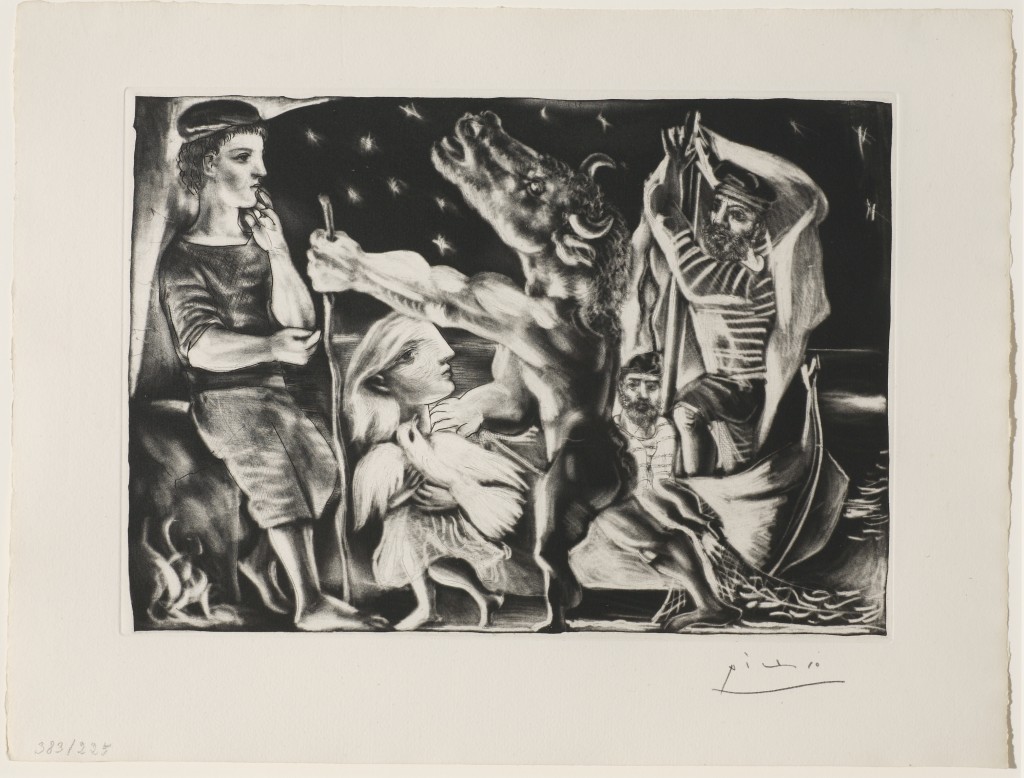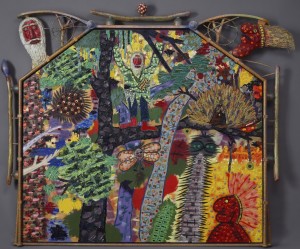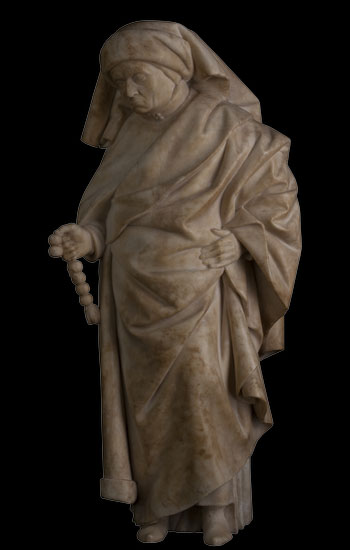 An egg crisis is ravaging the hen house.
An egg crisis is ravaging the hen house.
They’re disappearing.
And the foxes are shocked, shocked.
While the hens bemoan the loss of their little ones — several survivors have been running around crying that the sky is falling — the foxes have gathered the whole barnyard to declare that Something Must Be Done. Trust them: We Must Act Now.
The head fox has declared that the true victims are the foxes themselves, who have been cruelly deprived of their stockpile of eggs. To avert catastrophe, the foxes’ hoards must be replenished: The hens must lay 700 billion new eggs, right now. The farmer, blinking owlishly, agrees. One wise old fox, who yearns to live in the farm house, has declared that he will Suspend All Other Activities while he Helps Find a Solution. That solution will be found by foxes, and foxes alone. And the solution is that the Hens Will Provide.
Meanwhile, no omelettes this morning. And for music lovers, the rooster doesn’t much feel like crowing, either. Where’s Aesop when we need him? Where’s George Orwell?
********************************************
NEW GUY AT THE GUGGENHEIM: Those who can curate, curate. Those who can curate well, lead museums. At least, that’s the mini-trend among major museums in New York.
 Following the Metropolitan Museum of Art’s appointment earlier this month of European tapestry curator Thomas P. Campbell to replace the venerated Philippe de Montebello as director, the Solomon R. Guggenheim Foundation has named Richard Armstrong, director of the Carnegie Museum of Art in Pittsburgh, as the Guggenheim‘s next director.
Following the Metropolitan Museum of Art’s appointment earlier this month of European tapestry curator Thomas P. Campbell to replace the venerated Philippe de Montebello as director, the Solomon R. Guggenheim Foundation has named Richard Armstrong, director of the Carnegie Museum of Art in Pittsburgh, as the Guggenheim‘s next director.
Like Campbell, Armstrong rose in the ranks on the strength of his curatorial qualities, not his showmanship: His specialty is contemporary art, a good fit for the Goog. And the ever-busy Carol Vogel, in her report for the New York Times, suggests that after years of expansion in Bilbao, Venice, Berlin and (coming in 2013) Abu Dhabi, Armstrong and the Guggenheim are ready to shift their focus back to New York. Another good report comes from The Art Newspaper.
Is it possible that sober financial times are bringing more prudential museum leaders? De Montebello, of course, has combined prudence, measured daring and a brilliant commitment to the art for more than 30 years at the Met, following the mercurial reign of supershowman Thomas Hoving. At the Guggenheim, Armstrong will follow high-rolling Thomas Krens. And when the Portland Art Museum‘s Hoving-like director John Buchanan headed south to take over the Fine Arts Museums of San Francisco, the museum board replaced him with Brian Ferriso and charged Ferriso to quiet the waters and keep things on an even keel.
The question is, will an even keel fill the cruise ship with customers? Is generating excitement gauche, or is it part of what a museum is about? To what extent does a museum exist for insiders, and to what extent does it have a duty to appeal to the general public?
These are uneasy times, and leading a major — or modest — museum is no easy task. To Armstrong, Campbell, Ferriso and their compatriots, then: Good luck, be wise, balance well, take risks, and don’t forget the public.
********************************************
 HAPPY BIRTHDAY, SOMEDAY: Someday Lounge, that is. The Old Town Portland night spot and hub for interesting alternative arts has turned two and is celebrating with a bunch of events this weekend. The one that catches our eye is the premiere of Pig Roast and Tank of Fish, a documentary about Portland’s Chinatown (which is more or less where the Someday coexists) to be shown at 7 p.m. Sunday, Sept. 28. Here’s what the Lounge has to say:
HAPPY BIRTHDAY, SOMEDAY: Someday Lounge, that is. The Old Town Portland night spot and hub for interesting alternative arts has turned two and is celebrating with a bunch of events this weekend. The one that catches our eye is the premiere of Pig Roast and Tank of Fish, a documentary about Portland’s Chinatown (which is more or less where the Someday coexists) to be shown at 7 p.m. Sunday, Sept. 28. Here’s what the Lounge has to say:
Portlander Ivy Lin directed and produced Pig Roast & Tank of Fish. “I’ve always wondered why our Chinatown went from being the second largest in the U.S. to almost like a ghost town. It’s in the heart of downtown, with that beautiful gate and garden and nothing much else,” says Lin. “Earlier this year, 70 Asians showed up at a city council meeting to testify against the the siting of another homeless shelter on Block 25 in Chinatown. I was not even involved with the Chinese community then, but I was very moved and this event became the inspiration for this project.”
This documentary is the first-ever motion picture to acknowledge the history/legacy of Chinatown, Portland’s oldest neighborhood where the pioneers of many ethnic communities once called “home.†It includes some rarely seen footage of ongoing cultural/social activities behind closed doors…Chinatown is not dead!
See you there, Friends of Art Scatter.

 The review stands pretty much on its own, as an overview of what is an overview exhibition. Each of the exhibit’s six areas of concentration makes up its own statement, and each could have been reviewed rigorously on its own, but for most viewers — and for the museum itself — the larger picture is more important.
The review stands pretty much on its own, as an overview of what is an overview exhibition. Each of the exhibit’s six areas of concentration makes up its own statement, and each could have been reviewed rigorously on its own, but for most viewers — and for the museum itself — the larger picture is more important.
 Johnson’s report caught my eye first for the gorgeous photo that the Times ran and then for the story’s mention that the tour was organized under the wing of
Johnson’s report caught my eye first for the gorgeous photo that the Times ran and then for the story’s mention that the tour was organized under the wing of  *************************
*************************

